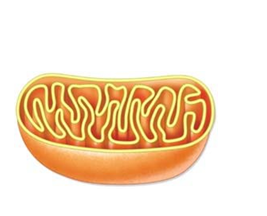All cells contain
A. cell walls made of cellulose.
B. organelles for compartmentalization.
C. ribosomes for protein synthesis.
D. mitochondria to generate ATP.
E. uracil in their DNA.
Answer: C
You might also like to view...
In eukaryotic initiation, one will often see the sequence ACCAUGG as a translational start sequence. This sequence is known as the ________ sequence.
A) Okazaki B) ETS (eukaryotic translational start) C) Kozak D) IRES (internal ribosome entry sequence) E) CIBS (complex initiation binding sequence)
Science only addresses that which is _____
a. alive c. variable b. observable d. indisputable
Answer the following statements true (T) or false (F)
1. This diagram shows the chloroplast, in which aerobic respiration takes place.

2. Because clindamycin and similar antibiotics bind to bacterial ribosomes, they work by inhibiting translation in the bacterial cells.
3. There are only two main types of RNA, tRNA and rRNA, needed to make proteins.
4. Transcription is the process by which cells use the information of RNA molecules to make proteins.
5. Transfer RNA delivers amino acids to the ribosome during protein synthesis.
Cl + e- ? Cl- is an example of a ________ reaction.
A. reduction B. oxidation C. polymerization D. ionization